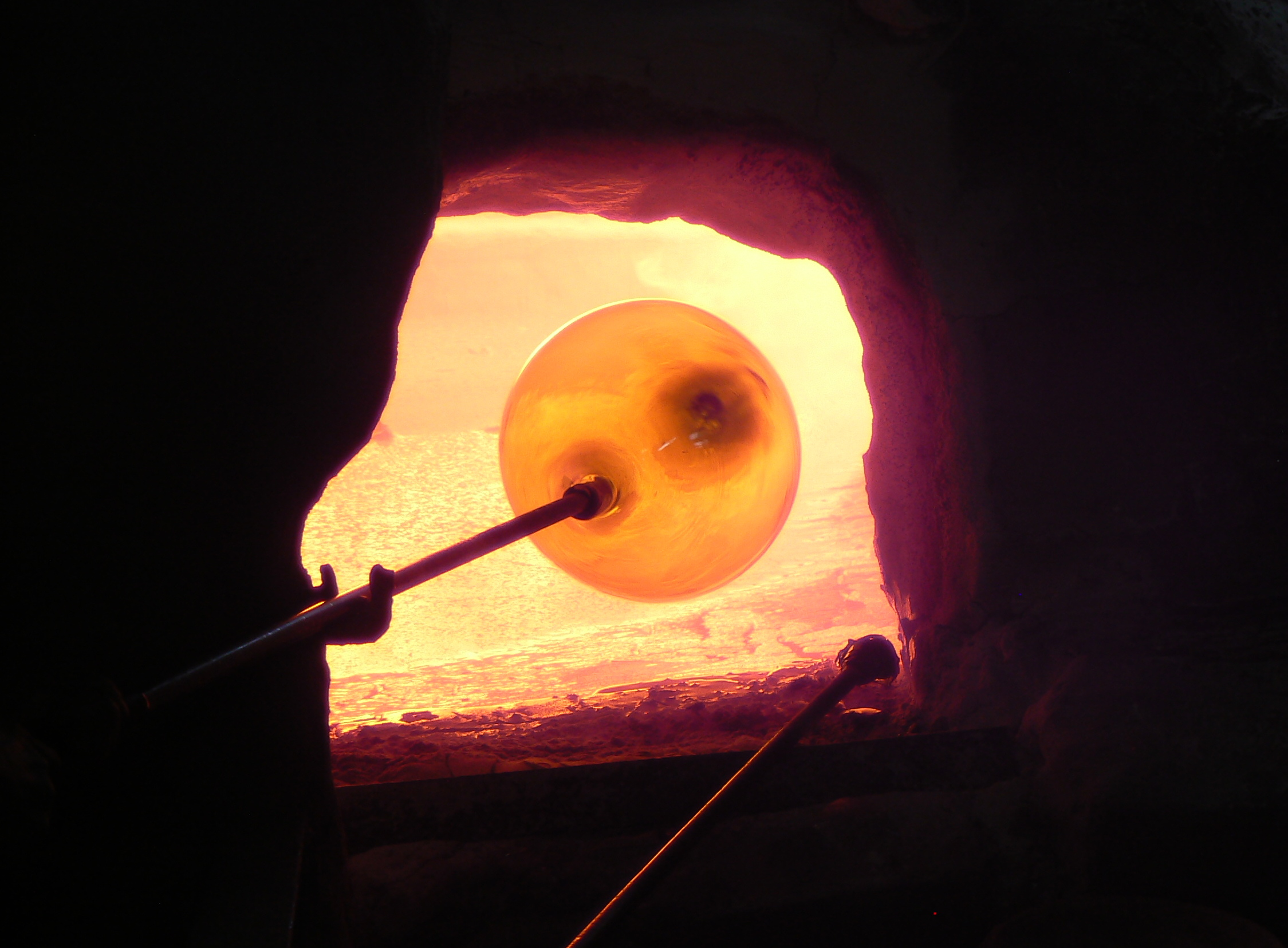Early medieval glass production, multi-analytical techniques, to understand the dawn of a technical revolution
Coordinator of the consortium: Dr Bernard Gratuze, IRAMAT-CEB / CNRS, University of Orléans - FR
Summary of the consortium
As we see today, new technologies can change the world. An evolution in one area can lead to a revolution, a complete change that will bring about economic, cultural and societal mutations. In this respect, the early Middle Ages is an important period when societal, economic and technological changes took place more or less gradually, particularly in north-western Europe, which was to become the heart of the Carolingian Empire.
One of the most emblematic technical changes for this particular period and region was certainly the glass industry. The mechanisms that led to this transformation are not yet clear and are documented at only two archaeological sites from the end of the 8th century onward. To shed light on this change, written documents are scarce and archaeological sources are the main source of information. Thanks to archaeometry and recently developed analytical techniques, archaeological documentation has been exploited to the fullest and glass objects can now provide many crucial data to trace the socio-economic history of this proto-industry and understand the evolution of techniques and know-how.
In this project, by bringing together two laboratories dedicated to archaeometry and specialists in ancient glass, we will attempt to understand how the mechanisms leading to the mutations of the glass industry during the Middle Ages were set up based on the changes observed in northwestern Europe. We will therefore use the most appropriate methods of analysis in order to obtain comparable and homogeneous data between the different techniques implemented by the Liege and Orléans laboratories. This work is all the more important as two ERC projects, Rural Riches (University of Leiden) and Glass Routes (CNRS, IRAMAT Orléans), deal with this period and with issues related to the transformations of the glass industry. With the Studium Consortium project, we wish to make the link between these two projects and to set up analytical protocols of the objects that will allow us to obtain a total inter-comparability of the data obtained so that these two projects can be mutually enriched.







